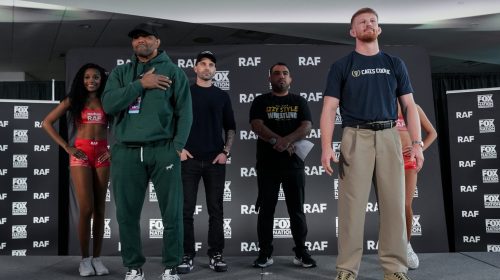
Total Rewards and Your Employee Experience
A total rewards approach to pay and benefits is holistic in that it also seeks to ensure a favorable employee experience, which is central to organizations’ ability to attract and retain key talent. Such ability is particularly crucial in a low-unemployment business environment, which is what we have today. With that said, here’s what you should know about total rewards and your employee experience.
What is Meant by Total Rewards?
These are all the benefits, rewards, and compensation – monetary and nonmonetary — that employees receive from their employer. It basically includes everything an organization can use to lure, motivate, and keep employees.
What is Meant by Employee Experience?
The employee experience essentially encapsulates what individuals observe and encounter throughout their organizational tenure.
Why is the Employee Experience Important?
There are valid reasons why 92 percent of employers said in a recent survey that improving the employee experience is a key organizational priority for the next three years. Those include:
- More engagement and productivity. Satisfied employees produce more, which positively affects the organization’s bottom line.
- Improved ability to attract key talent. Chances are that job candidates will have already researched how employees feel about your organization. Do your best to make sure the discussions are positive.
- A stronger workplace culture. A supportive, empowering, and celebratory culture helps promulgate a positive employee experience.
- Improves employee morale and wellbeing. Refreshed and valued employees work harder and better.
- Reduced turnover rates. Individuals who have a good employee experience do tend to stick around.
What Does an Effective Total Rewards Program Cover?
When it comes to total rewards, organizations have a lot of leeway. Aside from benefits that are required by law (Social Security, Medicare, worker’s compensation, unemployment insurance, Family and Medical leave, etc.), employers have an opportunity to get real creative.
The best total rewards programs include elements of what your people need now, as well as what they want in the future. In fact, a comprehensive employee experience calls for a rewards package that covers employee needs over the long haul.
In the short term, rewards focus on compensation, incentives, and benefits that, in addition to the standard medical and dental offerings, can include employee wellness programs, mental health care, financial health classes, and perks such as gym memberships, pet insurance, free classes, and on-site day care.
In the mid-term, the focus is on employee recognition and work-life balance, which can include blocked-out time for focused work, well-defined work hours, and a new definition for what is “urgent,” so as to not unduly burn out people.
Mid-term rewards coverage can also include regular “performance conversations,” which can help show employees that the organization acknowledges their efforts and work outcomes. Such conversations are usually separate from compensation reviews.
In terms of long-term rewards, it’s important that you help each employee develop their potential. Such investment will also pay off for you should the employee move on, in that they will likely have something positive to say about the organization. Strategies that focus on growth can include succession planning as well as discussions about career opportunities.
As you can see, total rewards and the employee experience are inextricably linked. What kind of total rewards package you put together can truly make or break you, especially in a tight economy in which people have more choices. It’s all about your ability to recruit and retain the talent you need. If you require help with total rewards, we recommend the leading global consultant Mercer, which has the necessary experience, accreditation, and track record of success.


























